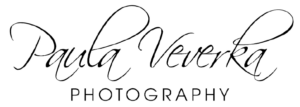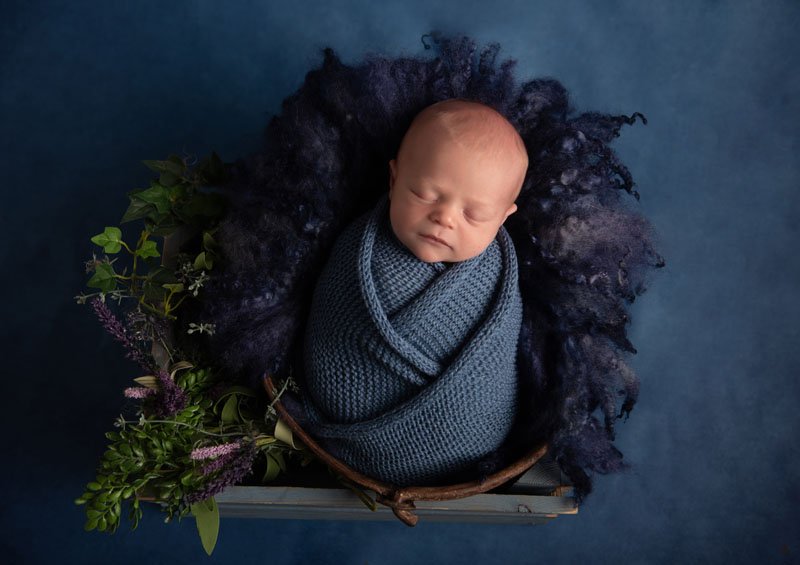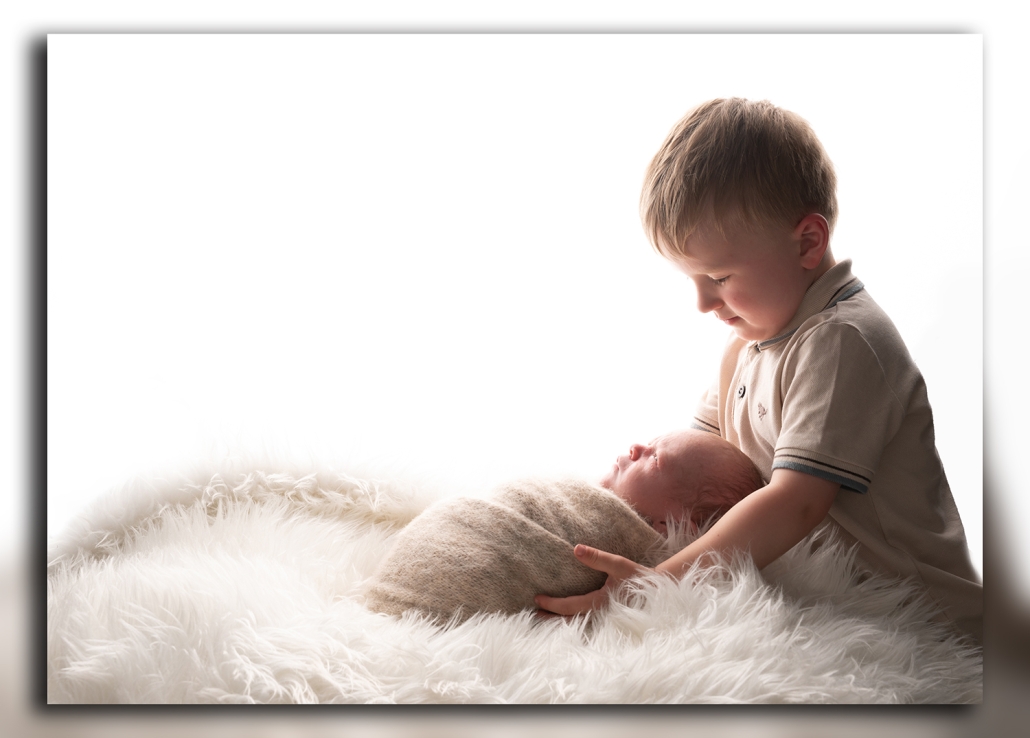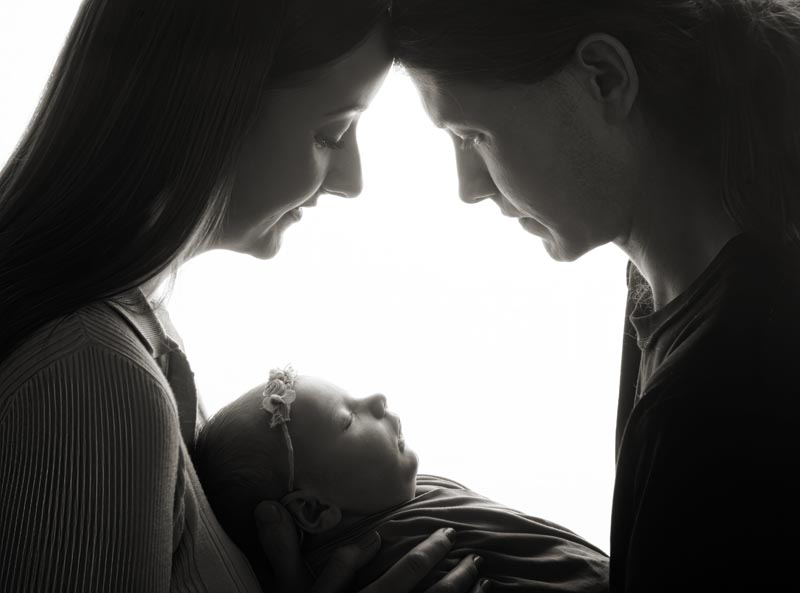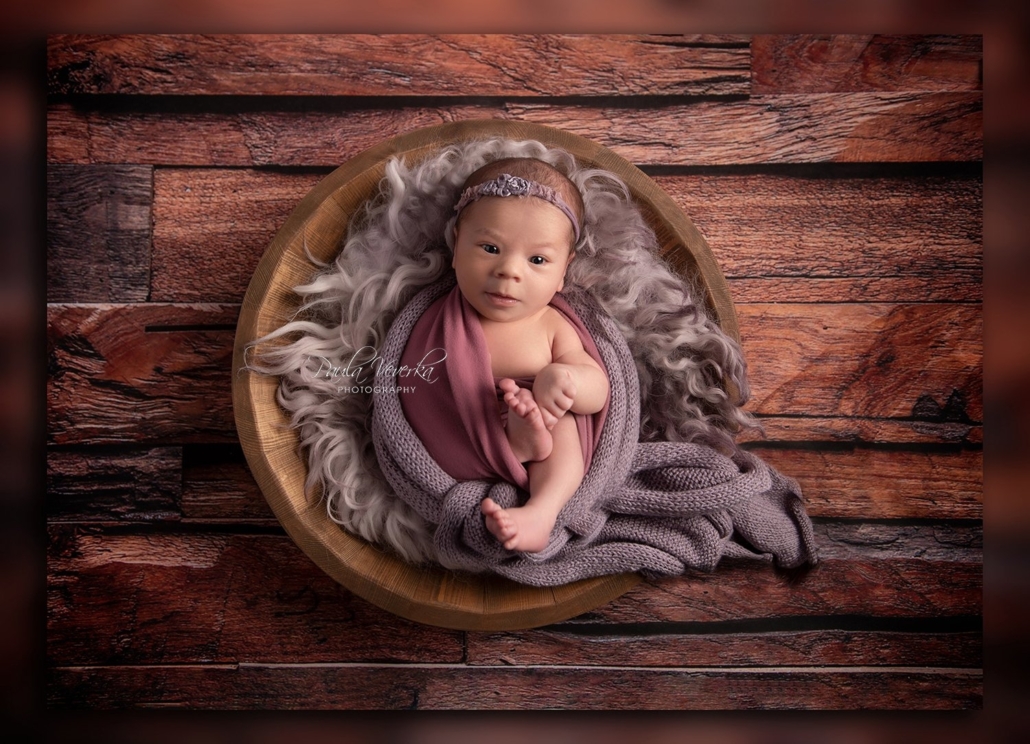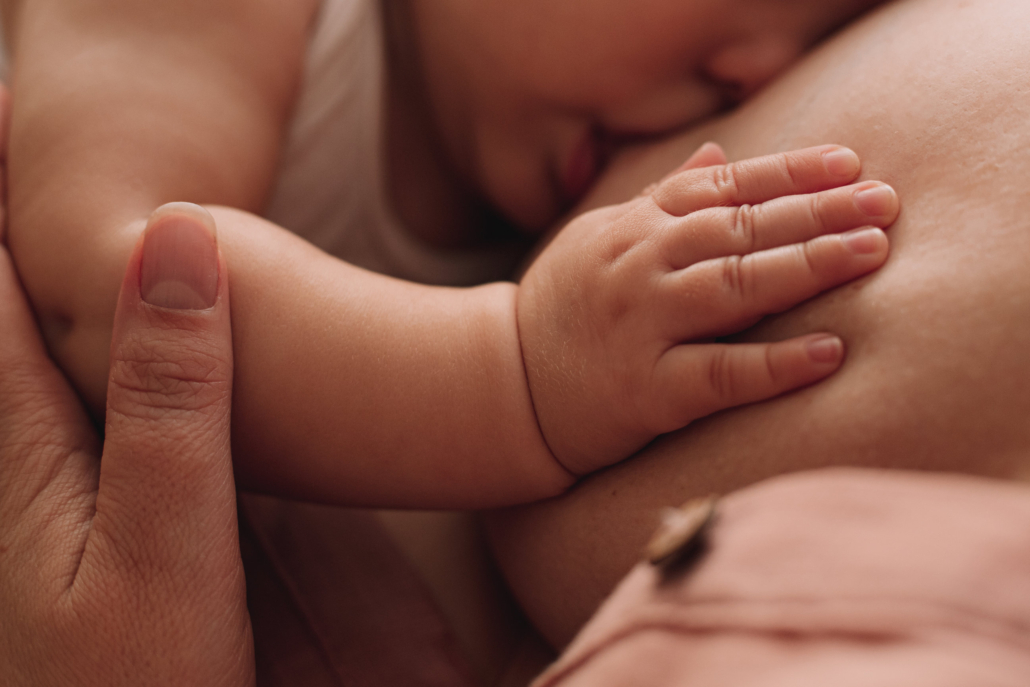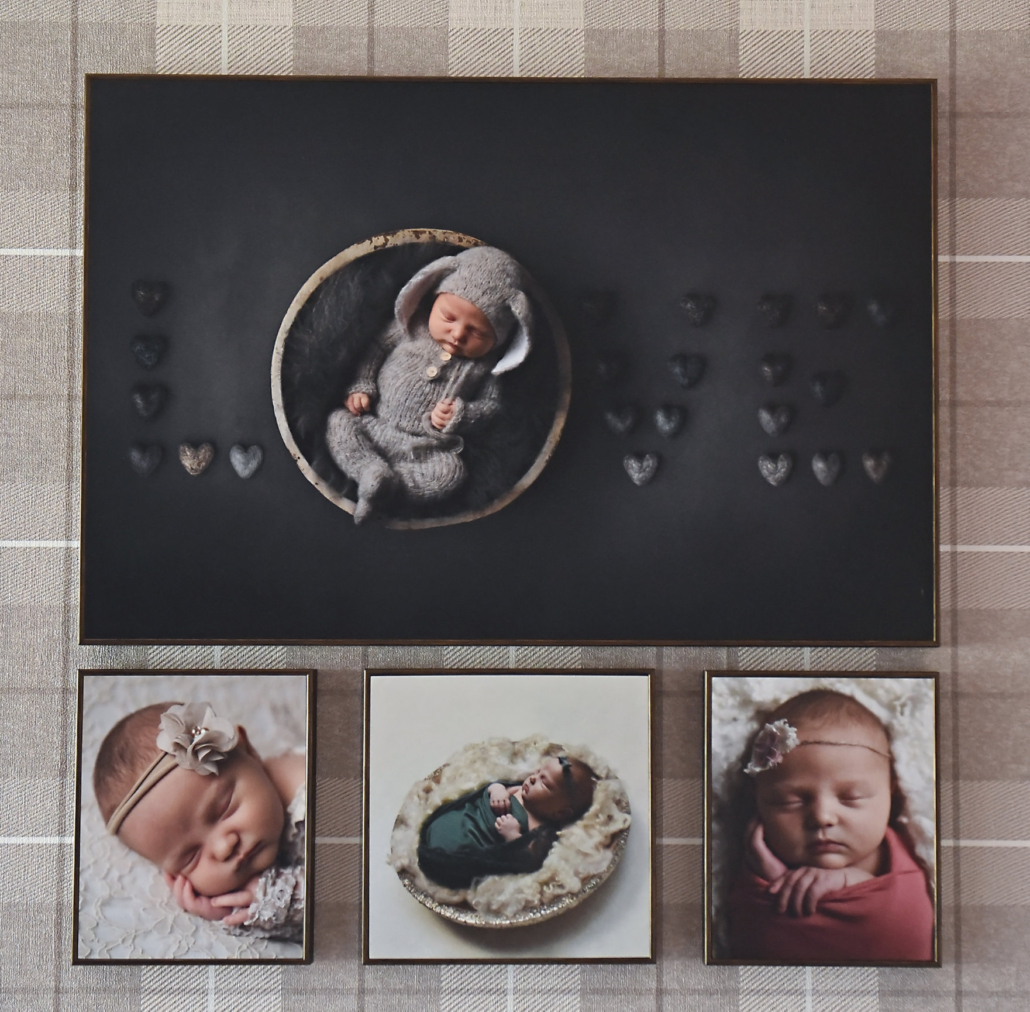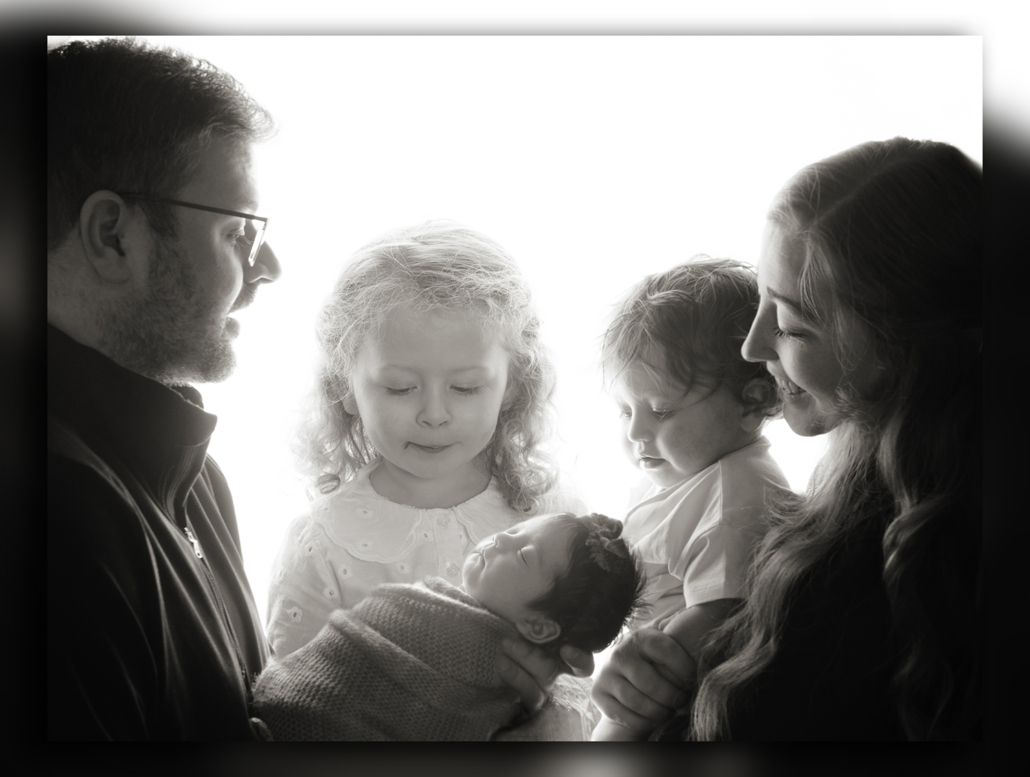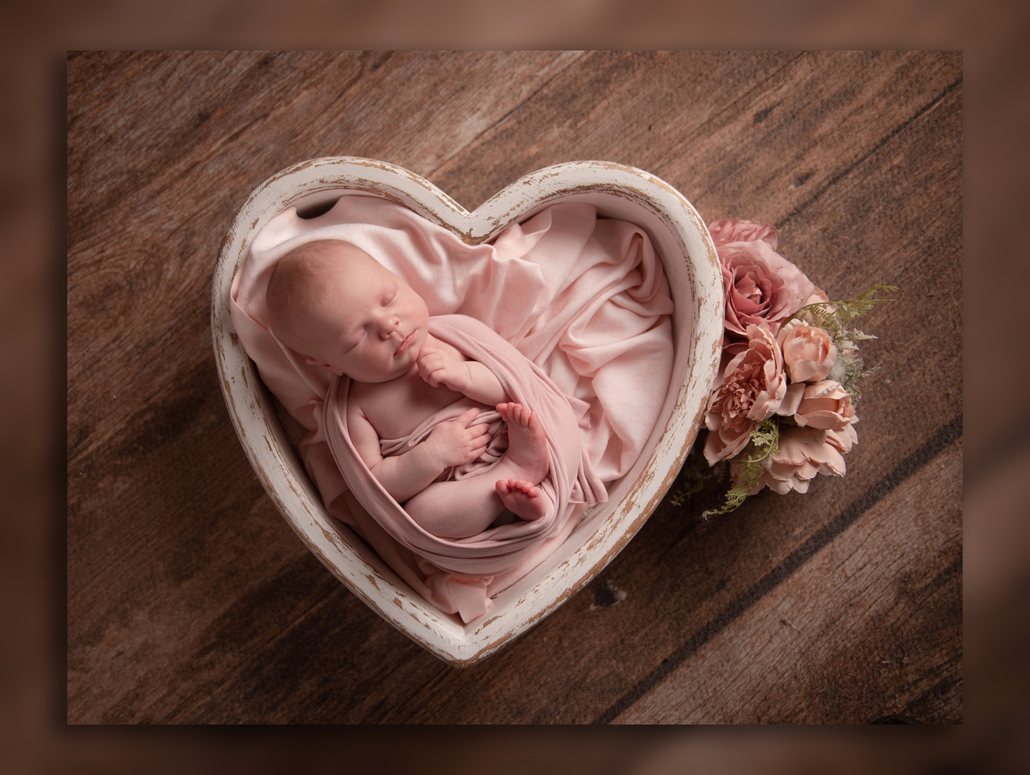There’s nothing quite as precious as your newborn baby, and if you’re anything like me, your entire perspective shifted the moment you discovered you were expecting.
I spent countless hours researching everything from safe foods during pregnancy to the most secure car seats and safest sleeping positions. This might sound all too familiar! Your new baby is undoubtedly the most important person in your world, and you naturally want to ensure you’re making the right choices for them at every turn.
If you’re considering a newborn photo shoot, you might be wondering about its safety. Are those adorable, curled-up poses you see online truly safe for newborn babies? And what about studio lighting – is that okay for your little one too?
As with most things in life, the safety of newborn photography largely depends on who’s behind the camera and how they approach their craft.
In this article, I’ll guide you through the key aspects to consider and questions to ask your photographer. This way, you can feel confident that your precious new baby is in safe hands during their first photo shoot.
We’ll Explore:
- Your photographer’s experience and qualifications
- Safe posing techniques for newborns
- Setting up a safe newborn photography studio
- The safety of camera flash for newborn babies
- My experience and approach to safely photographing newborn babies
Your Newborn Photographer’s Experience and Qualifications
Posed newborn photography is a unique art form. It requires not only a thorough understanding of camera techniques and lighting but also expertise in safely handling and posing newborn babies.
Surprisingly, there are no formal requirements for a newborn photographer to have specific training or qualifications before they start working with babies. Anyone can call themselves a newborn photographer and offer this service to families.
However, whilst there’s no official requirement for qualifications, there are numerous opportunities for photographers to train with experienced professionals in newborn photography – these range from one-to-one training sessions at established studios to conferences, workshops, and online courses.
Due to the lack of industry regulation, you’ll likely find that each photographer has a different level of experience. Some may have no formal training at all, while others have invested extensively in education, continually develop their skills, and have hundreds or even thousands of hours of hands-on experience photographing babies.
Choosing me as a newborn photographer means choosing a photographer who has not only learned from specialist trainers throughout the years, but also someone who’ve worked and photographed hundreds of babies – so you know your little one is in safe hands.
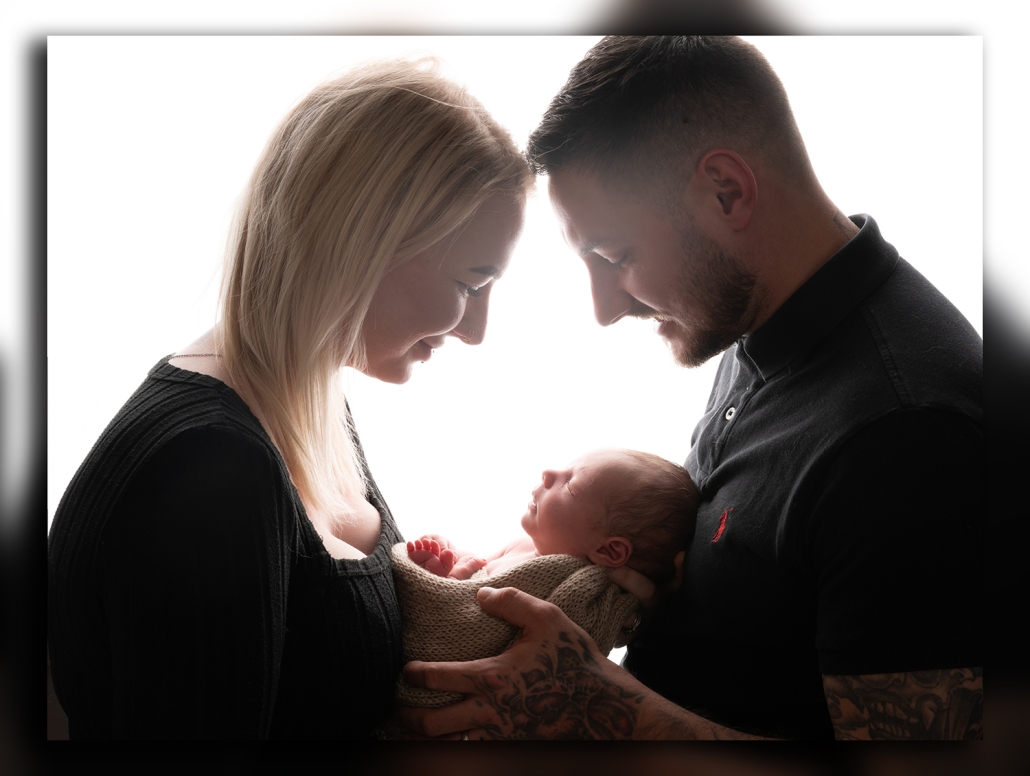
Safe Posing in Newborn Photography
Posing newborn babies to achieve those heart-melting images you see in portfolios can range from simple to quite complex, depending on the specific pose.
Some crucial factors that photographers must always keep in mind include:
- Supporting the baby’s head and neck at all times
- Being attentive to how a baby responds to each pose and adjusting if the baby shows any signs of discomfort – babies should never be forced into a pose they’re not comfortable with
- Monitoring the baby’s sleepiness or alertness, and whether they might suddenly move out of a pose into an unsafe position
- In certain poses, being mindful of the baby’s circulation and ensuring there’s not too much pressure on any one body part
- Safely wrapping and swaddling babies to ensure the wrap doesn’t restrict movement or affect circulation
Composite Images in Newborn Photography
In addition to these safety considerations, some poses should only be created as composite images. These are photographs where two or more images are combined in post-processing and should never be attempted as a single shot.
These poses include any position that would be unsafe for a baby, such as appearing to sit up in a ‘cocoon’, supporting their head with their hands, lying atop objects, or in a hammock or swing. These images should always be created as composites, and your baby should never be placed unsupported in these positions.
Creating a Safe Environment in a Newborn Photography Studio
Beyond posing techniques, it’s equally important to ensure that the studio itself is a safe environment for your newborn.
Here are some key points to look out for and inquire about to ensure your photographer is maintaining a safe working environment:
- Cleanliness – Is the studio clean, and are blankets and wraps properly laundered between sessions?
- Camera Safety – Does the photographer use camera neck or wrist straps to prevent accidental drops? Many newborn photographs involve leaning over the baby or holding the camera above them, so it’s crucial that the camera is properly secured.
- Stable Equipment – Does the photographer use stable, secure methods for overhead shots? Some photographers might use steps or ladders for these angles, which could pose a risk.
- Secure Studio Equipment – Are large pieces of studio equipment, such as lights or backdrop stands, properly weighted to prevent tipping? This is often done using sandbags or heavy equipment bags.
Is Camera Flash Safe for Newborn Babies?
A common concern among parents is whether camera flash is safe for newborn babies. As both a parent and photographer, I completely understand this worry – I would never want to risk a baby’s eyesight.
When used properly, there’s no evidence to suggest that studio lighting is harmful to babies. The potential risk would only arise if a very bright flash were pointed directly at a baby’s eyes.
However, the vast majority of photographers who use studio lighting in their newborn sessions never point the light directly at the baby. The light is typically very low level – no different from sunlight through a window – and is diffused through a softbox. It’s also angled to avoid shining directly into the baby’s eyes.
My Experience and Approach to Safely Photographing Newborn Babies
As you can see, numerous factors determine whether newborn photography is being conducted safely.
So, how do I approach this at Paula Veverka Photography?
Over the years I’ve invested in countless hours of online and in-person training with other experienced and world-renowned newborn photographers.
During my sessions, I never leave a baby unattended, and I use every possible precaution to completely eliminate any risk for your little one: from setup, to props, equipment and everything else.
My Glasgow studio is a clean, calm space that’s thoroughly cleaned before each session. All blankets and wraps are laundered after every use to ensure they’re fresh and clean for each baby.
Newborn Photography at My Studio: What’s Next?
I hope this article has given you insight into what to look for when assessing a newborn photographer’s safety practices. I want you to feel confident that when you book a session with Paula Veverka Photography, your baby will be in safe hands.
If you have any other questions about safety in newborn photography, please don’t hesitate to get in touch.
